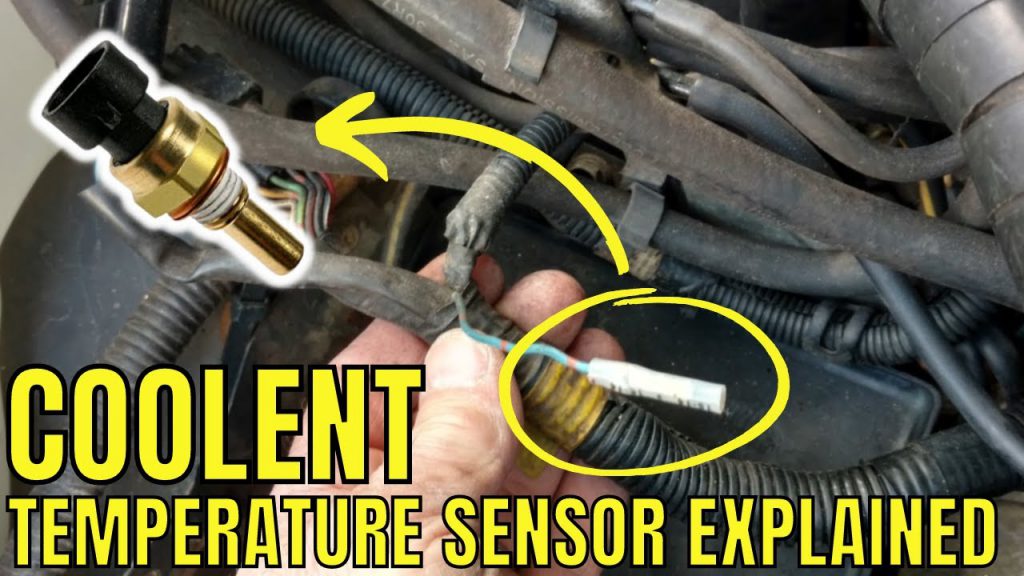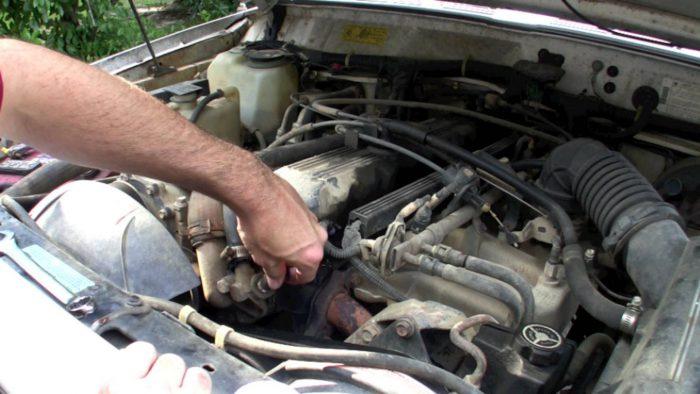Headed to Test a Coolant Temperature Sensor? Here’s How to!
If you are new to cars, the term coolant temperature sensor may be very new to you. This sensor is the mechanism that is responsible for telling the car’s computer the precise running temperature of the engine. This dictates the dynamics of how the engine will work. Before such sensors, the choke was the mechanism that did it. Now, with these temperature sensors, the process is more automated, and the engine runs smoothly without freezing off in the winter and overheating in the summer.
But, why would you need to test it? Simply because it can malfunction sometimes. If the coolant temperature sensor malfunctions or dies, you could face problems like stalling, increased fuel emission, disrupted ignition timing, rough transmission, etc.
Testing the sensor isn’t difficult. This blog instructs you on how to. Here are another of our maintenance tips that help you improve your car.
Faulty Coolant Temperature Sensor Symptoms: You Shouldn’t Ignore
The coolant temperature sensor has a responsibility to measure the temperature of the coolant and then transmit the data to the ECU. From there, the ECU will calculate and adjust fuel injection time, turn on/off the cooling fan, etc. to ensure proper temperature is maintained so that the engine always operates at optimal capacity. The coolant temperature sensor location is usually inside the engine fluid compartment, near the coolant.
Over time, like other sensors in your car, coolant temperature sensors may encounter errors such as sensor damage (short circuit, open circuit, insulation damage, damage inside the sensor), broken wire, ground contact, positive contact, damaged electrical connector…And there are common signs of coolant temperature sensor error:

Check engine light on
The “check engine” light is a common and perhaps the first sign when the coolant temperature sensor, as well as other sensors on the engine, are faulty. Then you should use a diagnostic machine to determine if the error code is caused by the coolant temperature sensor.
Consume more fuel
The ECU will use the signal of the coolant temperature sensor to control the amount of fuel injected into the combustion chamber. Therefore, when the sensor is damaged or defective, the sensor signal sent to the ECU will be wrong and cause the ECU to misjudge the engine temperature. If the engine temperature is low, the ECU will inject more fuel to warm up the engine, thereby increasing fuel consumption.
Additionally, if the sensor records low coolant temperature, the ECU will control injection to enrich the fuel mixture. This easily causes the engine to jerk and makes it difficult to accelerate.
Overheating engine
On modern vehicles, the coolant will be cooled by a cooling fan. The cooling fan is installed behind the radiator and is turned on/off via a relay and the relay is controlled by the ECU via the signal of the coolant temperature sensor. Therefore, when the signal from this sensor is incorrect, it will cause the cooling fan to operate incorrectly. In this case, the engine may overheat.
Steps to Test a Coolant Temperature Sensor
There are 4 simple and easy steps that you need to follow.
See more:
Step 1: Locating the coolant temperature sensor
It is situated under the hood on the engine block. Just open the latch of the hood and hold it open. Use a drop light if you need better vision into the engine block. Peep in the middle of the pulleys at the front of the block. A small terminal coming out of the block itself will become visible. You will see a wire lead coming out of the terminal. Exactly this terminal and wire lead is your car’s coolant temperature sensor.

Step 2: Connecting with Volt-Ohm Meter
Simply take a digital volt-ohm meter. If you don’t have one, odds are that one of your neighbors might. Testing it with this meter is the surest way to tell if the sensor is fine or faulty.
Remember, connecting the right way is important. If you have a good understanding of the terminals, you can even jumpstart a car with a dead battery.
Here is how you must connect the meter to the sensor. Take the black lead of the meter and touch it to any solid metal. Now, take the red lead and connect it to the terminal end of the coolant temperature sensor. Set the reading on the digital meter to 20k range.
Step 3: Checking the reading
You will now need to turn on the engine and let it run for at least two minutes to allow it to gain the running temperature. You will have to read the meter all this time while the engine is running.
Pay attention to what you should be seeing on the digital meter. As the engine runs, you must see variations of more than 200 ohms (variations between cold and warm engines). If you see that the difference is not more than 200, you are dealing with a faulty coolant temperature sensor.
Step 4: Checking a new sensor
If you are checking a brand-new sensor, you need to follow this.
Attach the black lead of the volt-ohm meter to the body of the cold sensor (this is before turning the engine on). The reading should be 2000 ohm approx. then check the sensor in the warm sensor (after the engine is run). If the reading is not way lower than 2000ohm, you have a broken coolant temperature sensor.
In case you find it to be faulty, you must replace it at the soonest. If not, it can cause quite a few problems some of which we mentioned right at the start of this blog.
Learn more about detailed steps:
Final Thoughts
Most coolant temperature sensor errors are not serious and can be probably repaired. However, in addition to understanding the causes and symptoms of temperature sensor errors, vehicle owners should regularly maintain their cars to detect and resolve them promptly, maintaining optimal operating conditions for the car.














